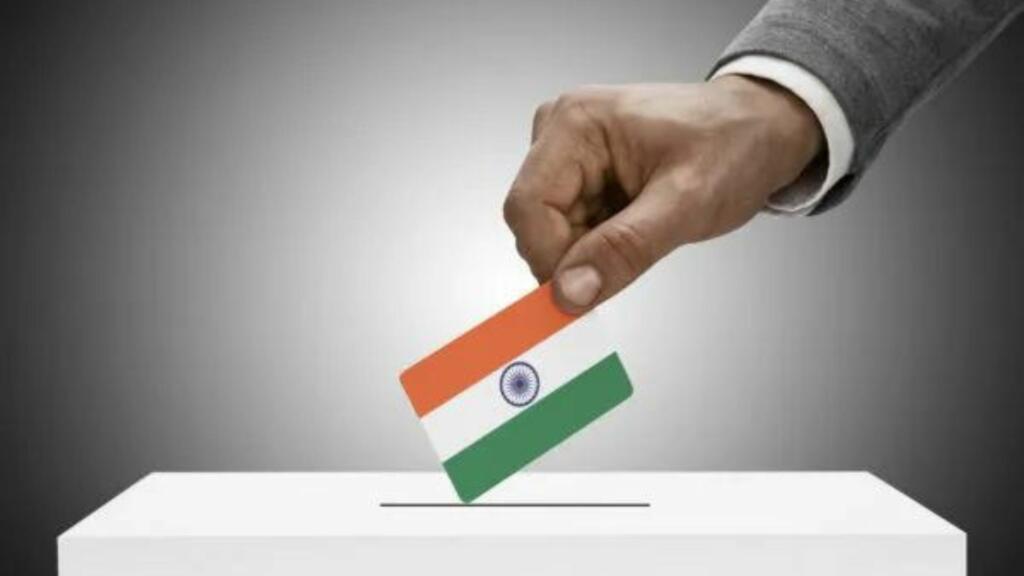The world’s largest democratic exercise, the Lok Sabha Elections 2024, kicked off with fervor as the first phase of voting took place across 21 states and Union Territories. This monumental event, spanning over several weeks, is a testament to India’s commitment to democratic principles and the exercise of fundamental rights. Amidst the backdrop of diverse challenges and enthusiastic participation, the first phase witnessed unprecedented turnout and notable incidents, shaping the narrative of the electoral process.
Overview of Phase 1
Phase 1 of the Lok Sabha elections witnessed polling in 21 states and Union territories, marking the commencement of a seven-phase electoral journey. The sheer scale of Phase 1, covering 102 parliamentary seats and 92 assembly constituencies in Arunachal Pradesh and Sikkim, underscores the magnitude and complexity of India’s electoral process. With more than 16.63 crore eligible voters and over 18 lakh poll workers deployed, the scale and magnitude of the electoral machinery were unparalleled. Micro observers stationed at every polling booth and webcasting in nearly half of them underscored the Election Commission of India’s (ECI) commitment to transparency and accountability.
Voter Turnout and Demographics
The turnout of voters, especially first-time and young voters, played a pivotal role in shaping the electoral narrative. Prime Minister Narendra Modi’s fervent appeal for record-breaking voter participation, particularly from the youth demographic, underscores the significance of every ballot cast. The voter turnout figures, ranging from Uttar Pradesh to Tamil Nadu, serve as barometers of public engagement and political consciousness across diverse regions.
Candidate Dynamics and Campaign Highlights
The phase witnessed a flurry of campaign activities and electoral strategies employed by candidates and political parties. From Prime Minister Modi’s exhortations to Congress leader Mallikarjun Kharge’s calls for economic empowerment, candidates vied for voter attention through promises, rhetoric, and outreach efforts. Notable incidents, such as allegations of booth capturing and malfunctioning EVMs, added layers of complexity to the electoral discourse, highlighting the challenges inherent in ensuring a free and fair electoral process.
Key Battles and Constituencies
Several constituencies emerged as focal points of electoral battles, each with its unique socio-political dynamics and issues at play. From the Jat and sugarcane belt in western Uttar Pradesh to the Maoist-controlled Bastar region, candidates grappled with diverse constituencies and voter sentiments. Notable contests, including high-profile candidates like Union Minister Nitin Gadkari in Nagpur and Congress leader Gaurav Gogoi in Assam, captured the attention of both voters and observers alike.
Also Read: Why India’s IPO Market Defies Tradition Ahead of 2024 Elections?
Incidents and Controversies
The electoral process was not without its share of controversies and incidents. Allegations of booth capturing, EVM malfunctioning, and instances of violence marred the otherwise democratic exercise. From accusations of voter intimidation in West Bengal to infrastructure grievances in Uttar Pradesh, these incidents underscored the challenges of conducting elections in a vast and diverse nation like India.
Regional Dynamics and Alliance Politics
Phase 1 also provided insights into regional dynamics and alliance politics shaping the electoral landscape. From Tamil Nadu, where the DMK-led INDIA alliance sought to assert dominance, to Uttar Pradesh, where coalition dynamics added layers of complexity, regional factors played a crucial role in determining electoral outcomes. The emergence of key players and alliances set the stage for broader political realignments and post-electoral scenarios.
Analysis of Turnout Patterns and Voter Behavior
The voter turnout patterns and behavioral trends offer valuable insights into the electorate’s preferences and priorities. Factors such as demographic composition, socio-economic indicators, and historical voting patterns influence voter behavior and electoral outcomes. Analyzing these trends can provide valuable cues for political parties and strategists seeking to understand and engage with diverse voter segments.
Role of Technology and Electoral Management
The utilization of technology, including webcasting, EVMs, and voter registration systems, played a crucial role in ensuring the smooth conduct of elections. However, challenges such as technical glitches and security concerns underscored the need for continuous innovation and vigilance in electoral management. The role of micro-observers and monitoring mechanisms in enhancing transparency and accountability cannot be overstated in a democratic process.
In conclusion, The first phase of India’s 2024 Lok Sabha elections encapsulated the essence of democracy in action, with millions of voters exercising their franchise to shape the nation’s future. From high-stakes battles in key constituencies to voter turnout dynamics and technological advancements, Phase 1 offered a glimpse into the intricacies and complexities of India’s electoral landscape. As the electoral journey progresses through subsequent phases, the outcomes of Phase 1 will reverberate across the political spectrum, shaping the contours of India’s democratic trajectory.
Also Read: Global Elections 2024 and The Impact on World Markets
